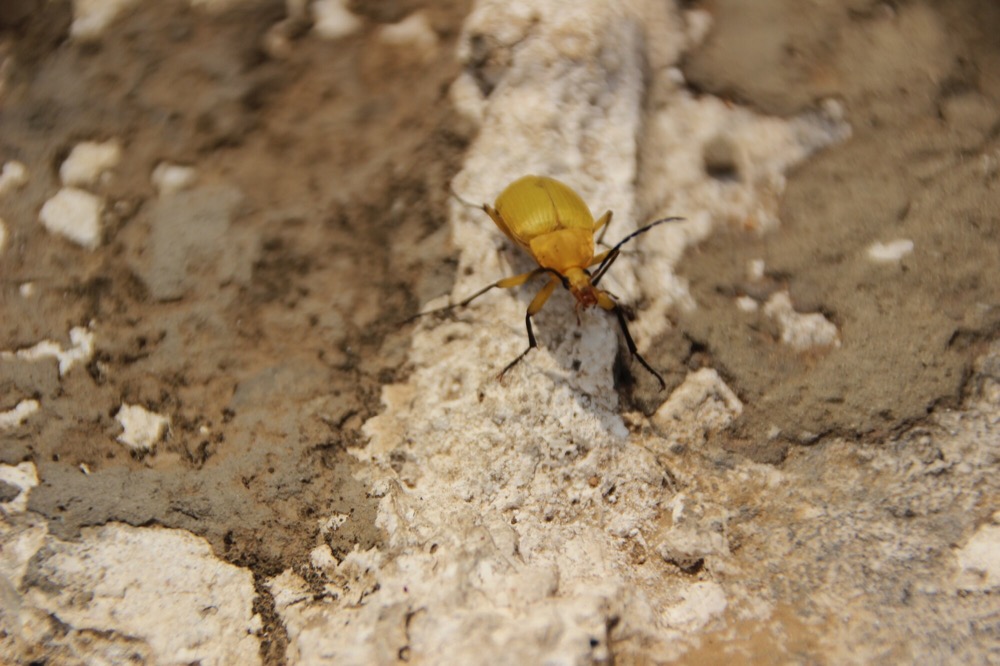How Flooding in Houston Impacts Pest Infestations and What to Do
 Image Credit: Pexels
Image Credit: Pexels
Houston's susceptibility to flooding creates unique challenges for residents, including an increased risk of pest infestations. When floodwaters rise, so does the likelihood of encountering various pests seeking shelter and new breeding grounds. Understanding the connection between flooding and pest activity is crucial for effective pest management in Houston's flood-prone areas.
Common Pests Affected by Flooding
Flooding can displace and attract several types of pests, including:
- Mosquitoes
- Ants (especially fire ants)
- Rodents
- Cockroaches
- Termites
Each of these pests responds differently to flood conditions, often leading to increased activity and potential infestations in and around homes.
Immediate Post-Flood Pest Concerns
In the aftermath of flooding, residents may notice an uptick in pest activity. Mosquitoes breed rapidly in standing water, while ants form floating colonies to survive. Rodents and cockroaches seek higher ground, often entering homes through flood-damaged areas. Termites, attracted to moisture-damaged wood, can begin infesting structures weakened by floodwaters.
Long-Term Pest Issues Following Floods
The impact of flooding on pest populations can extend well beyond the initial event. Moisture-damaged homes provide ideal conditions for mold growth, attracting certain pests. Disrupted landscapes and debris piles create new harborage areas for various insects and rodents. Even after floodwaters recede, the altered environment can continue to support increased pest activity for months.
Preventive Measures Post-Flooding
To minimize pest problems after a flood:
- Remove standing water from your property as quickly as possible.
- Clean and dry flood-affected areas thoroughly to prevent mold growth.
- Inspect your home's exterior for flood damage and seal any new entry points.
- Properly store and dispose of flood-damaged items that may attract pests.
- Maintain a clean and clutter-free environment to reduce pest harborage areas.
Professional Pest Control After Flooding
Professional pest control services become especially valuable after flooding events. Experienced technicians can assess flood-related pest risks specific to your property, implement targeted prevention strategies, and address existing infestations. They can also provide guidance on long-term pest management in flood-prone areas.
Community-Wide Pest Management
Effective pest control following floods often requires community-wide efforts. Residents should report standing water in public areas to local authorities, participate in neighborhood clean-up initiatives, and share information about pest prevention strategies. Coordinated efforts can significantly reduce overall pest populations in flood-affected areas.
Preparing for Future Flood Events
To better prepare for future flooding and associated pest issues, consider creating a flood preparedness plan that includes pest control measures. This might involve elevating storage areas, using water-resistant materials in flood-prone parts of your home, and maintaining a relationship with a trusted pest control provider.
Flooding in Houston presents unique challenges for pest control, but with proper understanding and preparation, residents can effectively manage these issues. If you're dealing with flood-related pest problems or want to protect your property from future infestations, contact Coverall Pests at 713-589-2262. Our team of experts can provide tailored solutions to address your specific pest control needs in Houston's flood-prone environment.
‹ Back







.jpg)



